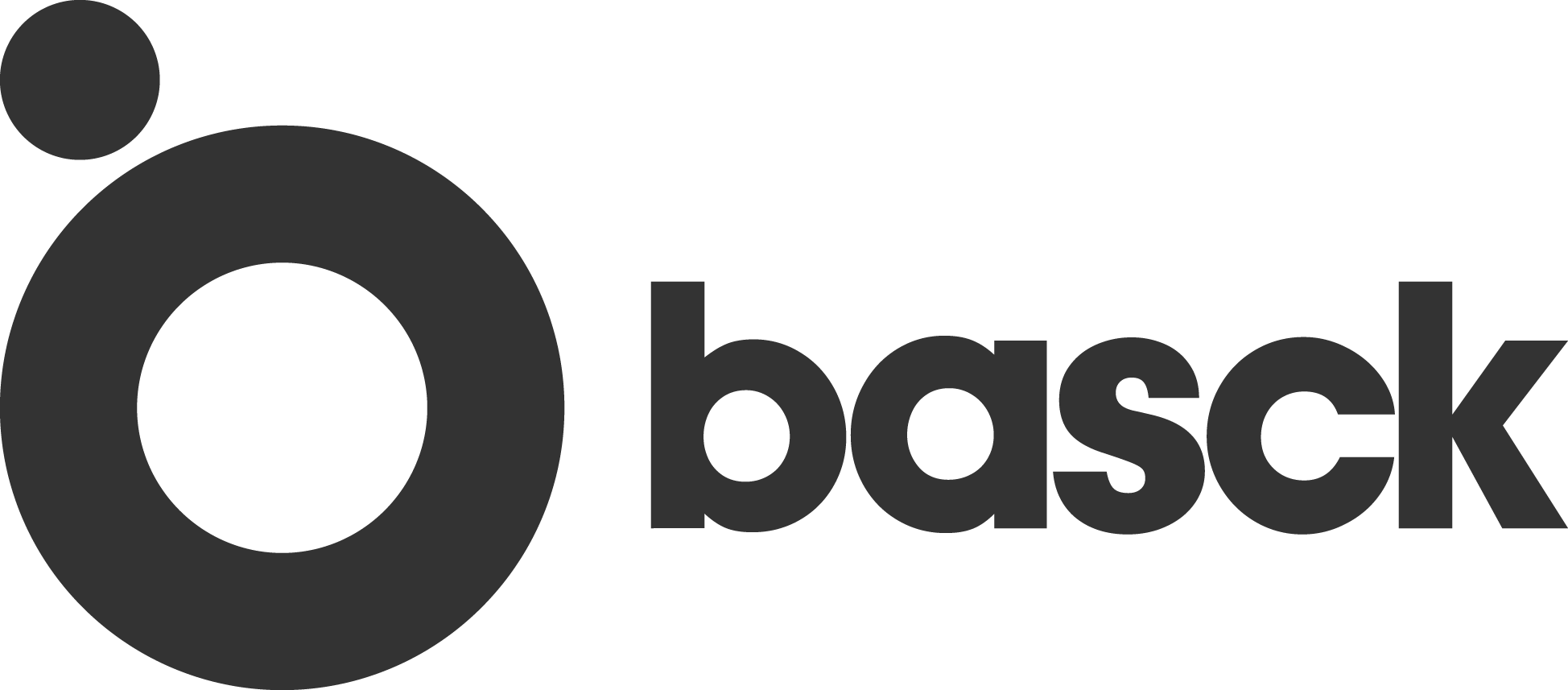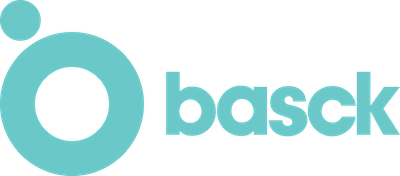Having patents is definitely an investment, and thus companies view them in the same way as they would any other investment: they assess both the time and money needed as well as the return on investment (ROI).
Traditionally, patents were only seen as a legal tool, whereas today they are considered a vital part of any commercial toolbox. Your IP strategy must be closely connected and working in unison with your product development and marketing. Patents can help your business gain and retain competitive advantage, and therefore increase the business value. As with everything, balance is the key. So is timing — the investment in patents alongside other IP rights at the right time is of paramount importance.
Before embarking on a patent journey, it is important to understand what a patent is and what it does. We’ve prepared this brief guide
PATENTS IN THEORY
In short, a patent is a deal that you can strike with any country by paying them (IP offices) an agreed amount of money upfront (official fees) to consider the deal of a defensive, monopoly right to an invention. As the requirements for the deal are quite strict and convoluted, you want to appoint a representative (patent attorney) who knows these front and back and can handle the negotiations. They will make sure you get the best deal possible for which you need to pay them as well (agent fees). As in any deal, there is a give and take:
You have to publish the enabling disclosure of your invention and share it with the world in exchange for the officials granting you the right to exclude others from manufacturing, using, selling and importing it.
If you manage to get the deal done, you also need to pay regular fees (patent renewals) for as long as you want the deal to remain in force, up to 20 years from your first offer (filing date). You can offer the same deal to other countries but there is a 12-month deadline to do so (priority deadline) but mind that you can end up with a different deal or no deal at all.
In some instances, the government might actually take this exclusive right away from you or limit it due to national security or public health. It will be interesting to follow updates in this field in view of COVID-19 and granting compulsory licences to patents which could otherwise hinder the efforts for finding the cure (see the progress so far).
PATENTS IN PRACTICE
Patents are like house insurance
You might own them yet never need to use them to defend yourself. However, if you do hold granted patents, your position in any infringement case is much better to negotiate a cross-licence (in short: no patents = no ammunition to defend yourself with) or counter sue. You can also use patents as an offensive strategy and picket-fence around your competitors. This can open a licensing conversation in which you set the terms and gain access to your competitors’ IP in return.
Patents can generate more revenue for your business
Filing a patent is a long-term investment but one that can become very profitable. It can provide additional revenue streams through commercialisation of IP, licensing or divestment of IP. Through our analytics services, we help our clients spot commercial opportunities and approach potential licensees / buyers. Patents can also be used as a collateral against a loan or investment (a recommended read: Banking on IP). Also in Mergers & Acquisitions negotiations, IPO or other trasnsaction the patents and IP rights adds significant value to the deal, and in the unfortunate situation of a company going into administration the patents (along with other IP rights) are assets that can be sold.
R&D efforts and patents in combination lower your tax
Most countries offer a tax scheme that allows companies to claim back part of their R&D expenditure as a tax relief against their corporate tax (e.g. R&D tax credits). The UK taxation system provides yet another tax relief that allows halving corporation tax based on a granted UK patent (see: Patent Box). Through our partners we have already secured both of these tax breaks for some of our clients. However, as tempting as the 10% corporate tax rate might be, make sure to check your calculations before you claim it. In some cases R&D tax credits on their own are more beneficial than bundling them with Patent Box.
Filed patents are your most visible STOP signs
If your technology is disclosed in and filed as a patent application, it is kept in the best technical ledger on the planet. It means it has been reviewed by a patent examiner who is skilled in the art and has also been classified using the international patent codes. These codes are universal and used globally to reference different types of technologies. This makes your invention much easier to find. Patent examiners from other countries can use it to refuse other applications that aim to obtain exclusivity over the same technology. Even if you do not end up getting a granted patent, at least you have established a publication block for anybody else.
Publishing in worldwide-known and well-established magazines is also a good idea but we also know that these usually have very strict publication criteria. Some require a very-detailed level of disclosure which might be particularly troubling for software inventions where snippets of the code are requested. With patent applications you are in full control of the level of disclosure.
Publishing on your own blog can also be considered but it might not be sufficient to gain attention of patent examiners around the world, unless you are an SEO (Search Engine Optimisation) legend .
Patents are the best source of technical information
Even if you do not file your own patents, you should keep track of what others are doing. All patent information is publicly available in 18 months from the first filing and it is an absolute gold mine. Due to the amount of data, you need to know where and what to look for as one could literally drown in the information available.
Outsourcing your search to an IP firm that uses commercial databases and deals with patent information to generate competitor watches will save you time and money. However, there are also ways you can use the basic capabilities of public databases in your R&D processes. At Basck, we provide training in the use of public databases such as Espacenet and Google Patents, for our clients and it helps improve the quality of initial disclosures prepared by inventors.
Most importantly, patents should be viewed not only as a legal tool but a commercial one — one that is deeply embedded in your business strategy. Remember, different companies apply different strategies to their intellectual property. There is no “one size fits all” but it is important to understand all perks that come with your investment in patents and use those to their full potential.


